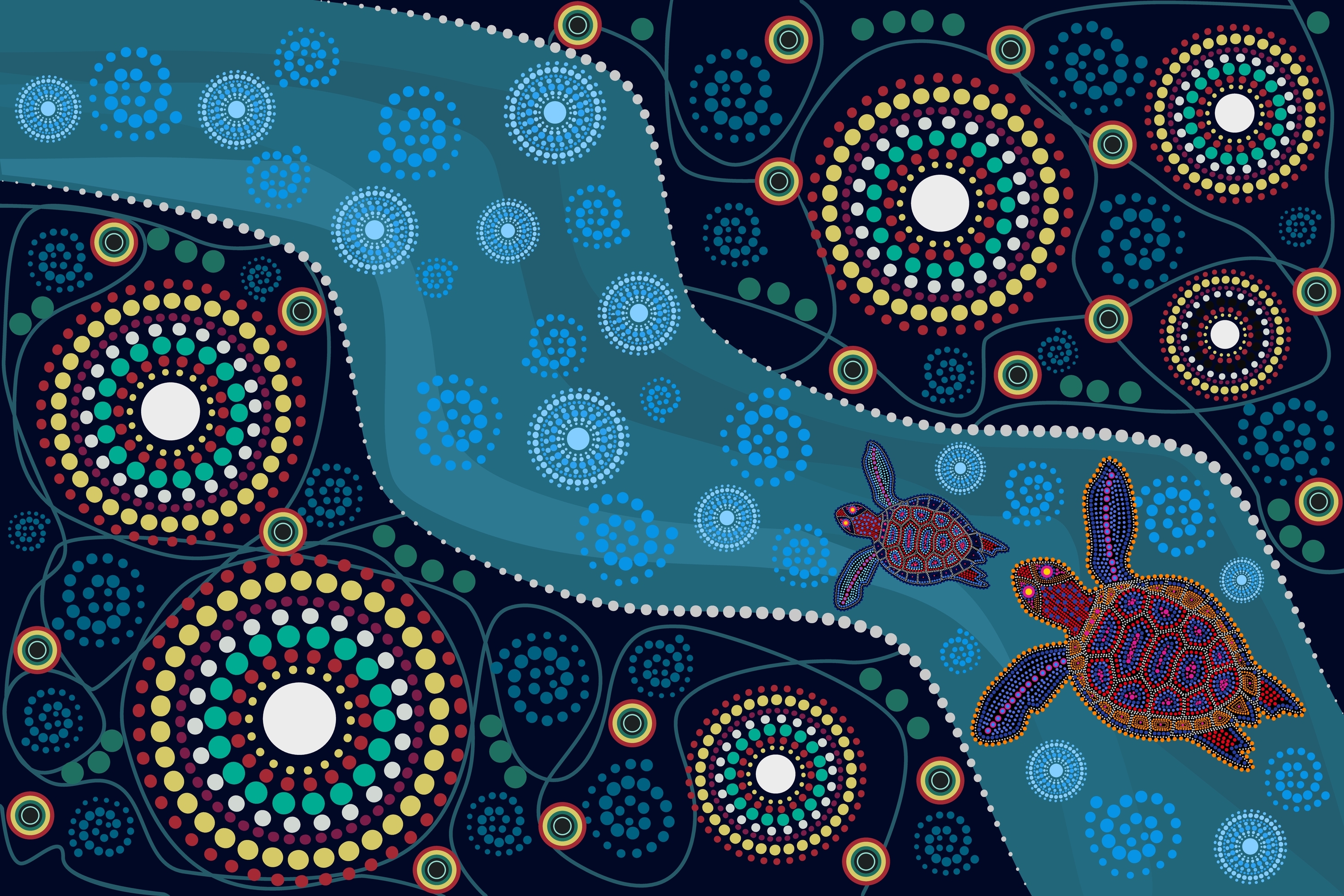


Sea level rises are not new. Following the last Ice age, as the world began to warm causing the massive polar ice caps to melt, sea levels all around the world began to rise. Over a period of 12,000 years (between 18,000 and 6000 years ago) the sea levels rose more than 120 metres.
Although this happened erratically, with some very rapid rises and some halts, this does average out at a rise of 1 centimetre a year - or half a metre in the lifetime of someone who lived to the age of 50 - and must have come as a shock to the people who experienced them. Although there have been many fluctuations, it had been over 100,000 years since sea levels were high enough to flood the Torres Strait and Bass Strait. Before then, continental shelves all around the world had long been dry land.
About one-seventh of the land mass which was the Australian continent at the end of the Ice age - two and a half million square kilometres - became submerged. This is equal to the present state of Western Australia. When rising quickly, the sea is likely to have drowned gently sloping plains in Northern Australia at the rate of 5 kilometres a year, inundating strips of land over 100 kilometres wide within a generation. Where the continental shelf sloped more steeply the rise would have been less dramatic but would have impinged on the people's lives nonetheless - and they would have had no way of knowing that the sea would ever stop rising.
Memories of this sea level rise is preserved in mythology. All around the world there were tales of floods. Aboriginal and Torres Strait Islander stories are particularly rich in references to inundation. Damarri, a Dreamtime figure of the Gungandji Aboriginal people, from the Cairns area was caught out as the sea levels rose but managed to stop the flood by heating stones in a fire and throwing them into the sea. The rocks can still be seen, off the coast at Yarrabah.
Land which was inundated was not 'lost' to the people who traditionally include it in their tribal territories. For many indigenous people's both land and sea, and the creatures which lived there, have a spiritual significance which is intimately linked to their particular creation beliefs and that sense of attachment was not destroyed simply because some of the land was covered with sea. New creation stories explain the origins of Islands and reefs and the inundated territory became 'sea country'.
See the Reef, Love the Reef, Protect the Reef.
Contributed by Master Reef Guide Brent Chatterton.
Aboriginal stories spoke of inundated territory that became ‘sea country’